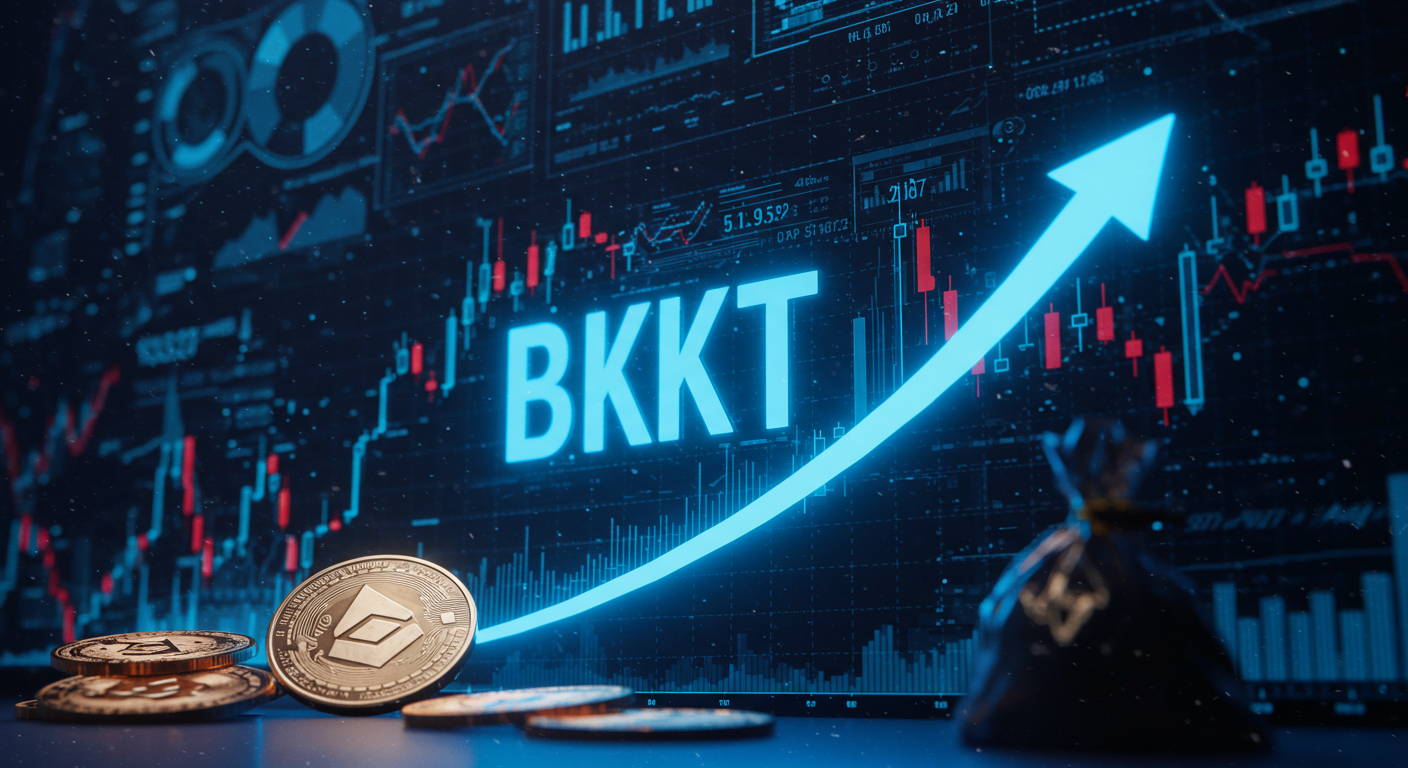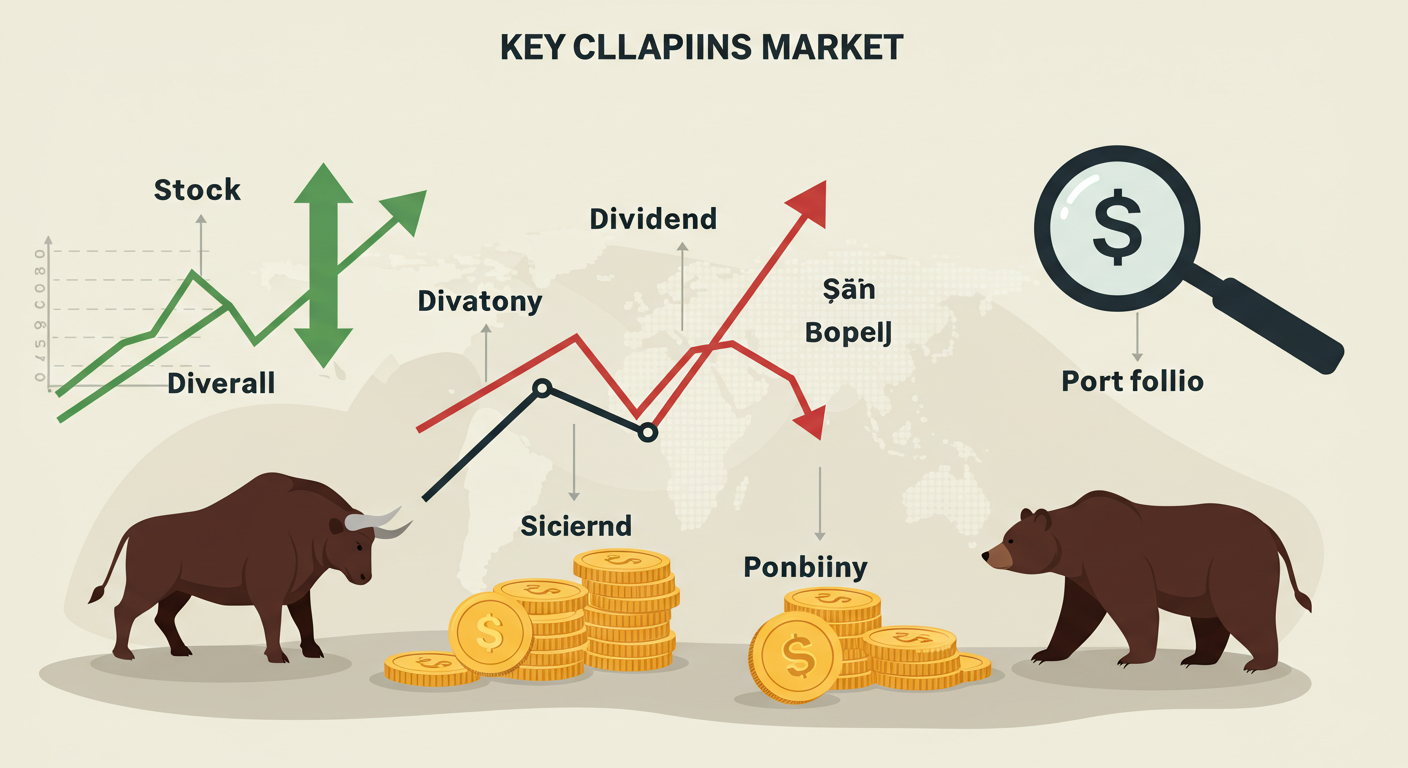What are Trump Derangement Syndrome crypto coins? They’re a new kind of money on the internet. These coins are tied to Donald Trump. Some people love them. Some people don’t. This article explains these coins in simple words. We’ll talk about what they are, why they exist, and if they’re safe. I’m Jose E. McKenna. I’ve written about crypto for four years. I make hard ideas easy to understand. Let’s dive into this coin craziness!
What Are These Coins?
Meme coins are fun digital money. They come from jokes or popular things online. Trump Derangement Syndrome (TDS) coins are meme coins about Donald Trump. The name “TDS” is a term some use to describe people who really don’t like Trump. These coins use his name or picture.
Meme coins are not like regular money. They’re made on something called a blockchain. That’s like a digital record book. Coins like Dogecoin started this trend. TDS coins are similar. They’re exciting but risky. They don’t always have a real use. People buy them because they’re popular, not because they do something special.
Anyone can make these coins. It’s easy to start one on platforms like Ethereum. But this also means bad people can make fake coins. These coins might seem fun, but they can trick you. You could lose money if you’re not careful.
Why Do People Make TDS Coins?
These coins are all about attention. Donald Trump is a famous person. His name makes people talk. Some people love him. Some don’t. Both groups might buy TDS coins. The coins use his name to get noticed.
Social media makes these coins popular. Places like X spread news fast. When someone posts about a TDS coin, lots of people see it. This makes more people want to buy. For example, X posts show how Trump’s name creates buzz. This buzz pushes the coin’s price up. But it can also crash fast.
Some coins say they help causes, like politics or charity. But they often don’t prove it. This makes them risky. Most TDS coins are about fun, not real plans. People buy them hoping to make money quickly.
Are These Coins Risky?
Yes, TDS coins are very risky. Their prices change a lot. One day, they’re up. The next day, they’re down. A single post on X can change everything. This makes them hard to predict.
Scams are a big problem. Some people make coins, get everyone excited, then take the money and run. This is called a “rug pull.” It’s hard to stop because crypto isn’t controlled much. If the coin’s creators hide their names, be careful.
These coins don’t do much. Unlike Bitcoin, which some stores accept, TDS coins are just for show. They don’t solve problems. When people stop talking about them, their value drops. This happened with many meme coins before.
Some coins are tricked. Bad people push the price up, then sell everything. This is called “pump and dump.” It leaves buyers with nothing. You can check a coin’s history on a blockchain explorer to spot weird moves.
How Do TDS Coins Work?
TDS coins use blockchain. That’s a safe way to keep track of digital money. Most TDS coins are made on Ethereum or Solana. They’re like tokens, not their own blockchain. Making them is fast and cheap.
You buy these coins on special websites called exchanges. You need a digital wallet, like MetaMask. The price goes up if more people buy. It goes down if people sell. It’s all about what people want.
Some coins let you earn extra by holding them. This is called staking. But it’s tricky for new people. You might make a mistake and lose money. Always read about the coin first.
Good coins share their plans. They have a paper called a whitepaper. It explains what the coin does. If there’s no whitepaper, or it’s confusing, stay away.
Social Media and Coin Hype
Social media makes TDS coins big. X is a huge place for this. People post about coins all the time. One post can make a coin’s price jump. But bad news can make it fall just as fast.
For example, X shows how Trump’s name gets attention. Posts about TDS coins get lots of likes. This makes people curious. They buy the coin, hoping it grows. But this hype doesn’t always last.
Some people on social media get paid to talk about coins. They might not believe in the coin. Always check if the hype is real. Look at the coin’s blockchain to see if many people are buying it.
Are TDS Coins Safe to Buy?
No coin is totally safe. TDS coins are extra risky. They’re new and wild. Here’s what to check before buying:
- Who Made It? Do you know the team? If they hide their names, it’s risky.
- Community: Are people talking about it on X or Discord? A strong group is better.
- Token Plan: How many coins are there? If a few people own most of them, that’s bad.
- Use: Does the coin do something useful? Most TDS coins don’t.
Research before you buy. Use websites like CoinMarketCap. Look at the coin’s website and social media. If something seems wrong, don’t buy.
Why Do People Love These Coins?
TDS coins play with feelings. Trump’s name makes people excited or mad. Some buy to support him. Others buy to make fun of him. Both make the coins popular.
People fear missing out. They see prices go up and want to join. This is called FOMO. It makes them buy fast, but prices can crash later. Knowing this helps you stay smart.
Fans of these coins form groups online. They share jokes and ideas. This feels like a club. It makes people want to buy more. But it can hide the risks.
How Do TDS Coins Compare to Others?
TDS coins are like Dogecoin and Shiba Inu. But they’re different:
- Dogecoin: Started as a joke. Now some stores take it. It’s been around longer.
- Shiba Inu: Has a big community. It offers things like staking. It’s more built-up.
- TDS Coins: Mostly about Trump’s name. They don’t do much. They don’t last long.
Dogecoin and Shiba Inu have strong fans. TDS coins rely on Trump’s fame. This makes them less stable.
Are There Legal Problems?
Crypto has few rules. This lets scams happen. TDS coins sometimes use Trump’s picture without asking. This isn’t fair. It might cause legal trouble.
Some coins say they help political groups. But they don’t always show proof. This could be a lie. Check where your money goes.
Governments are looking at crypto. The SEC might stop bad coins. TDS coins could get in trouble if they trick people. Make sure the coin follows laws in your country.
What’s Next for TDS Coins?
Nobody knows what will happen. Some meme coins, like Dogecoin, last a long time. Others disappear. TDS coins need Trump to stay famous. If people stop talking about him, the coins might fade.
Crypto is changing. Future meme coins might do more, like help with voting. But TDS coins are mostly about hype now. Their future depends on fans and trends.
How to Find Good Meme Coins
Some meme coins are better than others. Here’s how to spot good ones:
- Open Team: The creators share their names and history.
- Active Work: They keep improving the coin.
- Real Fans: People talk about it without being paid.
- Checked Code: Experts look at the coin’s tech to make sure it’s safe.
If these things are missing, be careful. Check the coin’s blockchain to see how it’s doing.
Why Do People Keep Buying?
TDS coins are cheap and fun. Trump’s name makes them exciting. People hope to make money fast. Social media makes them want to join in.
These coins are about culture. They show how people feel about Trump. It’s not just about money. It’s about being part of something.
How Do They Affect Crypto?
Meme coins bring new people to crypto. That’s good. But they also make some people doubt crypto. TDS coins show how wild crypto can be. Their big price changes scare some investors.
They also show crypto’s power. Anyone can make a coin. This is exciting but messy. TDS coins remind us to be careful.
Tips to Stay Safe with Meme Coins
Want to try TDS coins? Here’s how to be safe:
- Spend a Little: Only use money you can lose.
- Learn a Lot: Read about the coin and its team.
- Use Safe Sites: Buy on trusted places like Uniswap.
- Watch Trends: Check X for news about the coin.
- Keep Money Safe: Use a strong wallet, like a hardware one.
Learning more keeps you safe. Don’t rush in.
What Do Meme Coins Say About Us?
Meme coins are like a mirror. They show what we care about. TDS coins mix politics, jokes, and money. They show how much we argue about Trump.
They also show crypto’s freedom. Anyone can make a coin. But this freedom brings risks. TDS coins teach us to think before we act.
Conclusion: Are TDS Coins Worth It?
Trump Derangement Syndrome crypto coins are exciting but tricky. They’re about hype, not real use. They can be fun, but they’re not safe. Research carefully before you buy. Check the team, plan, and community.
ALSO READ: DOGEN Crypto: The Alpha Meme Coin Revolution
Disclaimer: This article is only for learning and sharing information. It is not financial advice, investment advice, or legal advice. I am not telling you to buy or sell any coin. Please do your own research before making choices. This is not a promotional or affiliate article. I do not earn money if you buy or sell these coins. You are responsible for your own decisions.












Leave a Reply